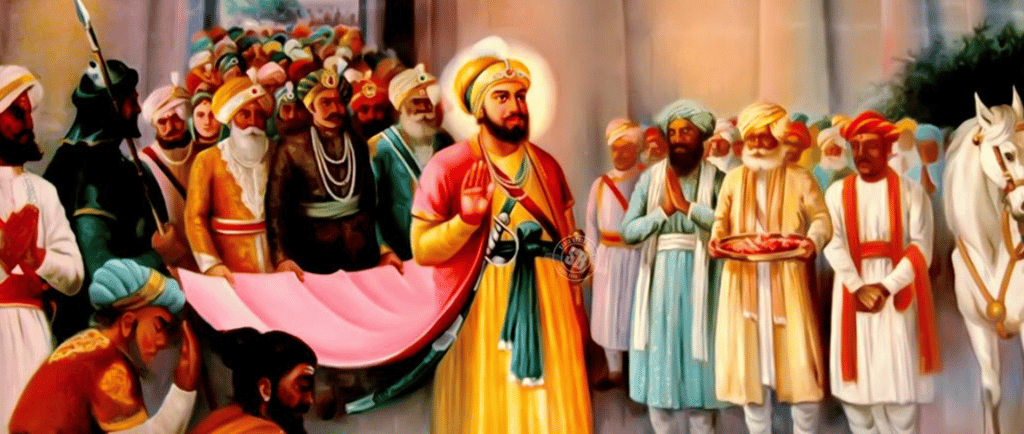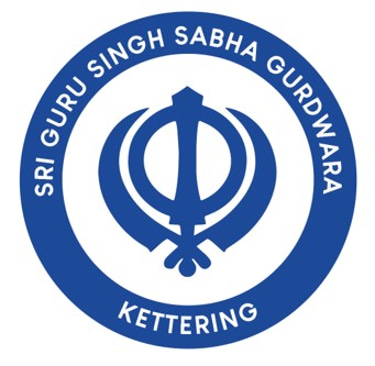Bandi Chhorh Divas: The Celebration of Freedom
Bandi Chhor Divas literally translates to 'prisoner release date'. It refers to when the 6th Guru, Sri Guru Hargobind Sahib Ji was released from Gwalior Fort in India in 1619.


Bandi Chhorh Divas, also known as Prisoner Release Day, is a significant occasion in Sikh history. It commemorates the day when Sri Guru Hargobind Sahib Ji, the sixth Sikh Guru, was released along with 52 kings from Gwalior Prison. The term 'Bandi' means 'imprisoned', 'Chhorh' means 'release', and 'Divas' means 'day'. Together, Bandi Chhorh Divas symbolizes the triumph of righteousness over injustice.
During the Mughal era, many innocent leaders of various communities were held as political prisoners without trial or legal process. They were confined to jail cells by brute force, against their wishes. Guru Hargobind Sahib, along with other prisoners, had been unjustly imprisoned in Gwalior Fort for several years.
In 1619, Emperor Jahangir decided to release Sri Guru Hargobind Sahib Ji. However, Guru Ji refused to leave alone and demanded the release of the 52 kings who were imprisoned alongside him. The Emperor reluctantly agreed, and thus, the historic event of Bandi Chhorh Divas took place.
Bandi Chhorh Divas holds immense significance for Sikhs around the world. It is a day of celebration, as it represents the triumph of truth, justice, and freedom. The release of Sri Guru Hargobind Sahib Ji and the other prisoners marked a turning point in the struggle against tyranny and oppression.
On this day, Sikhs gather at Gurdwaras to offer prayers and participate in special ceremonies. Kirtan (devotional singing) and Katha (religious discourse) are delivered to commemorate the Guru's release.
Bandi Chhorh Divas is not only celebrated by Sikhs but also by people from various faiths who believe in the values of justice and freedom. It serves as a reminder that the struggle for righteousness is never in vain and that the power of truth ultimately prevails over falsehood.
Bandi Chorh Diwas and Diwali are actually separate festivals and the events fall on different days; however, commonly in the popular calendars, they are celebrated on the same day. For this reason, many people often think of these events as if they are the same. In real terms, the day of the release of the sixth Guru with the 52 rajahs (kings) was actually a few days before Diwali in 1619.
You can find out more and watch videos on the Basics of Sikhi Channel here.
